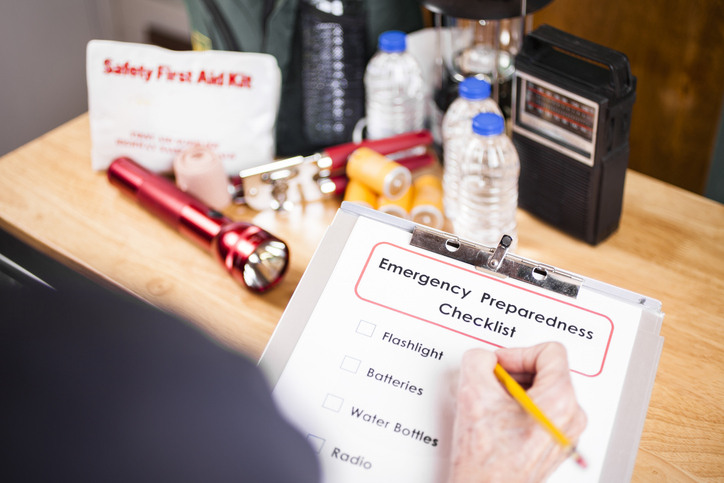Winter in Calgary can be harsh, bringing freezing temperatures, heavy snow, and sudden storms that test even the best-maintained rental properties. For landlords, having a clear rental emergency plan winter-ready is essential to keep tenants safe and properties protected. Preparing before the cold hits not only prevents costly damage but also strengthens tenant confidence and trust.
Assess Your Property’s Winter Risks
The first step in Calgary property emergency planning is to identify potential risks. Inspect heating systems, plumbing, insulation, and roof integrity before winter arrives. Frozen pipes, malfunctioning furnaces, and roof leaks are among the most common and costly winter issues. A proactive inspection ensures you can fix small problems before they turn into emergencies.
Create a Landlord Winter Safety Checklist
A solid winter rental emergency plan starts with a checklist. This helps you and your tenants stay organized when temperatures drop. Include items such as:
- Furnace and boiler maintenance completed before December
- Thermostats set to maintain safe indoor temperatures
- Snow and ice removal responsibilities clearly defined
- Emergency contacts for maintenance and property management posted in common areas
- Backup heating options and instructions provided to tenants
Having this landlord winter safety checklist in place keeps everyone informed and ready to act when an issue arises.
Share Clear Tenant Instructions
Communication is key during winter emergencies. Provide tenants with clear, easy-to-follow instructions on what to do if the heat stops working, a pipe bursts, or a power outage occurs. Include contact numbers for your property management team, after-hours maintenance, and local emergency services. When tenants know exactly who to call and what to do, damage can be minimized, and safety risks reduced.
Prepare for Power Outages and Heating Failures
Winter storms can cause outages that leave tenants without heat or power. Equip your rental with flashlights, spare batteries, and emergency kits. Ensure smoke and carbon monoxide detectors are functioning properly, as heating equipment used during outages can pose safety risks. Calgary property emergency planning should also include a list of nearby warming centers or shelters in case of prolonged outages.
Plan for Snow, Ice, and Accessibility
Keeping walkways, stairs, and parking areas clear of snow and ice isn’t just about convenience, it’s about safety and liability. Arrange snow removal services early in the season, and ensure salt or sand supplies are on-site for emergencies. Landlords should clarify whether snow clearing is their responsibility or the tenant’s, depending on the lease agreement. Documenting this as part of your winter rental emergency plan helps prevent confusion or disputes later.
Build a Response Network
Even the best preparation can’t prevent every issue. Partnering with reliable vendors, such as plumbers, HVAC technicians, and snow removal contractors, ensures quick responses when emergencies happen. Keeping a trusted network on call is a key part of an effective rental emergency plan winter after winter.
Keep Communication Consistent
Regular updates during extreme weather go a long way toward building tenant trust. Send reminders about freezing temperatures, safe heating practices, and emergency contact procedures. Being proactive shows tenants that their safety is a top priority, and it reinforces your professionalism as a landlord.
For more year-round maintenance advice, read our article: Keeping Your Rental Property Prepared for Alberta’s Changing Seasons.
At GIL Property Management, we help Calgary landlords prepare for every season. From creating customized emergency plans to coordinating maintenance and tenant communication, our team ensures your properties stay safe and compliant through winter and beyond. Contact us today to learn how our expert management services can simplify Calgary property emergency planning and protect your investment.

